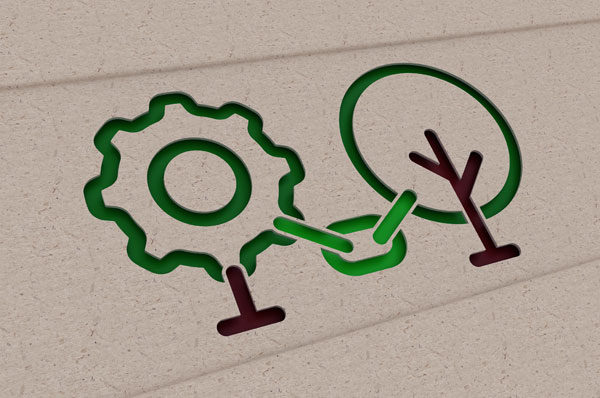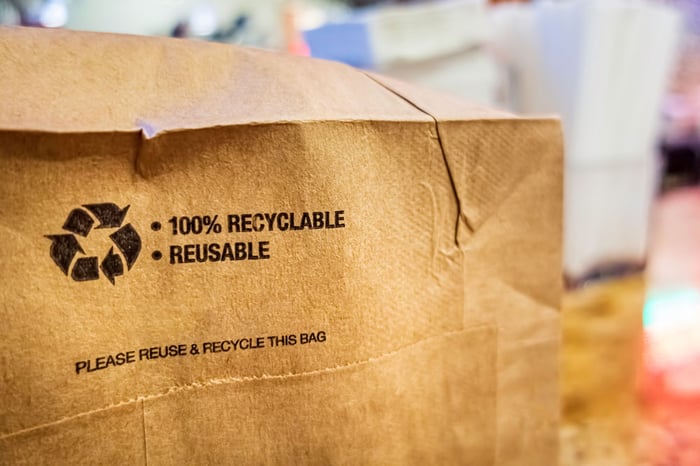In our recent white paper, we noted that some cautious optimism in regards to retail sustainability had emerged in the early stages of the coronavirus outbreak. As economic activity has dropped in the midst of COVID-19, so too have carbon emissions. This year, the drop is expected to be between 4% and 7% globally.
Rightly, this has been seen as good news at a time of bad news. But on closer inspection, there are a number of worrying caveats.To keep the earth’s mean temperature less than 2°C above pre-industrial levels, net emissions of greenhouse gases must fall close to zero by mid-century. And if a 4% to 7% drop has demanded the biggest collapse of the global economy for a generation, much bigger thinking is sorely needed. The global economy, and retail business models, might need to be completely reconfigured.
A problem that shouldn’t be ‘offset’
Carbon offsetting, which involves giving money to a green charity that takes some sort of action to lower emissions, such as planting trees or building solar panels, is very popular among retailers. The problem with this approach is that it has quickly become a way for businesses to clear their conscience. And the effectiveness of offsetting is murky at best. In 2016, the European Commission found that 85% of offsetting initiatives had almost no environmental impact.
Offsetting is just one example of a typical problem in retail sustainability: box ticking. Brands often hope to find a way of passing the problem to someone else. This approach simply will not change the world; and nothing short of changing the world is required.
However, there is hope for retail sustainability. And like in so many aspects of retail, data could be the answer.







